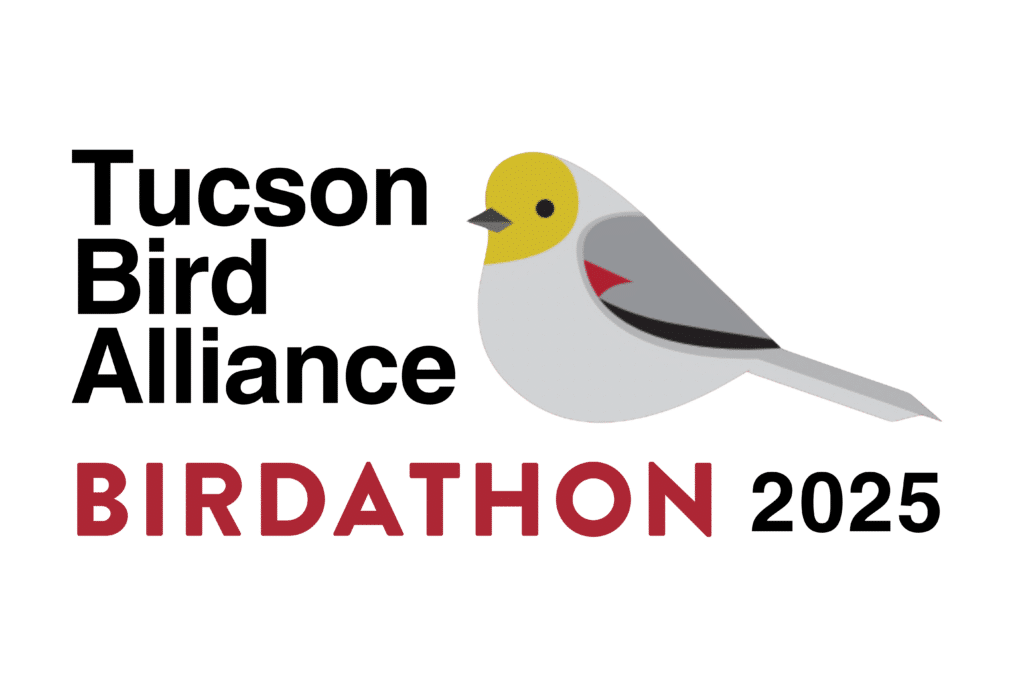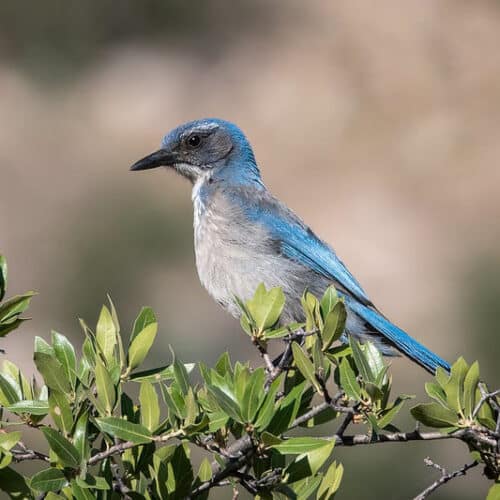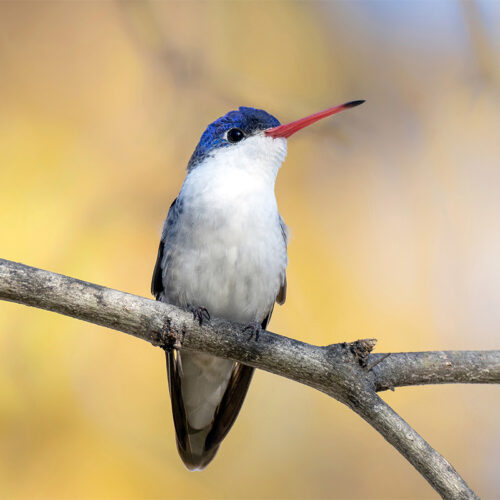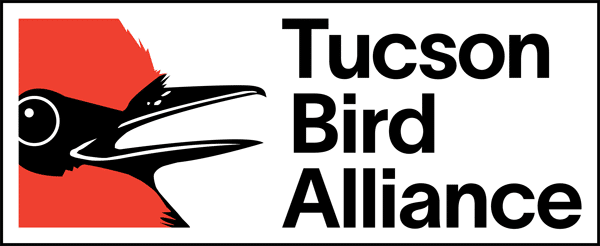Protect Birds & Their Habitats
Birding
Protect Birds & Their Habitats
Birding
Vermilion Flycatcher, photo by Mick Thompson
Tucson Bird Alliance has a long history of educating people about birds and speaking out on their behalf across Southeast Arizona and beyond. Please join us.
Tucson Bird Alliance has a long history of educating people about birds and speaking out on their behalf across Southeast Arizona and beyond. Please join us.
Vermilion Flycatcher, photo by Mick Thompson
Find background info on our name change at tucsonbirds.org/name-change

The Tucson Bird Count website can now be found at tbc.tucsonbirds.org
October 1–9, 2024
Start the fall planting season off with a bang and create some bird habitat!
Online Sale: Starting October 9, purchase your plants at tucsonaudubon.org/plantsale
Pick up your plants: Orders can be picked up on October 11 and 12 at the Nature Shop during regular business hours.


Birdathon is our month-long community fundraising event. Join a team or start your own, go birding, and help us ensure a healthy future for our local birds!



You are now visiting Tucson Bird Alliance at our new address, tucsonbirds.org. If you’d like to learn more, see tucsonbirds.org/name-change.